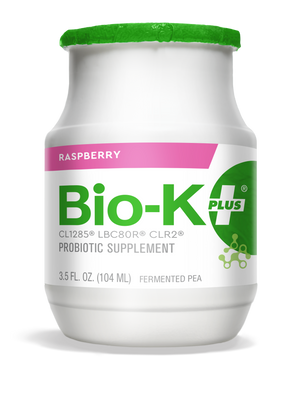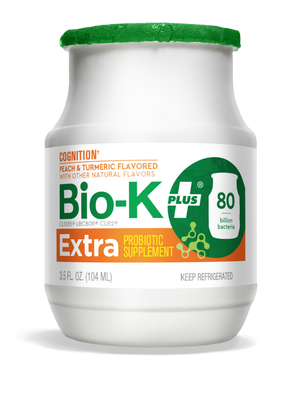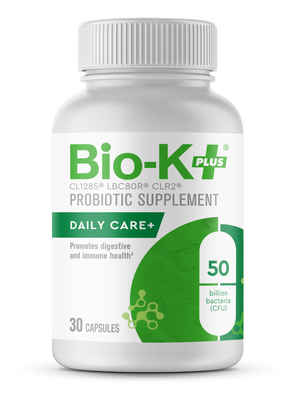4 Ways to Cope with the Time Change
Well, the time has come for us to “fall back” and woefully accept that it will be dark out before 5 pm. For some, the end of daylight savings means gaining an extra hour of sleep in the morning – I say “some” because if you have young kids, that idea is something of a cruel joke. Any time the clock changes, however, most of us experience a groggy adjustment period. People who work regular business hours might find themselves leaving before sun rises and returning home after it has set. That alone can bring a sense of lethargy and make you feel bummed out.
Although we have no choice but to accept the time change (and the fact that winter is actually coming), you can potentially avoid its ill effects. Here are a few tips to end daylight savings time gracefully without letting your energy levels fall.
Take a morning walk
If you are an office-dweller, replace your ten-minute coffee break with an outdoor stroll. Sunlight is heavily involved in regulating the human circadian rhythm, and morning exposure is especially beneficial in improving sleep and reducing symptoms of seasonal affective disorder.1 If you have a more flexible schedule, why not squeeze in some exercise outside in the morning? (We’ve already discussed the wonderful benefits of al fresco activity.) Even if it’s just a brisk walk around the block, get out there and soak up some (feeble) rays.
Eat for energy…
Keep your brain and body fuelled throughout the day by kicking off the morning with a good breakfast (the details of which are explained here). Follow the basic meal-building principles outlined there throughout the day for steady energy without dreaded slumps and crashes, which can compound the effect of sleepiness.
…but also eat for sleep
Certain foods are known to promote sleep, such as warm milk and turkey. The reason they work is because they’re high in a drowsiness-inducing organic compound called tryptophan. Lesser-known (but excellent) sources of this amino acid are spirulina, chia seeds and pumpkin seeds. Incorporate more tryptophan-rich foods later in the day (or as a bedtime snack) for better shut-eye. Maybe treat yourself to a chia pudding dessert or a post-dinner apple smeared with pumpkin seed butter.
Keep your gut happy
It has been established that bacteria in the human microbiome play a role in modulating sleep.2 Those friendly microbes are actually involved in the start and maintenance of the non-REM stages of slumber.3 In other words, having a healthy gut flora could lead to a better night’s rest. Yet another compelling reason to improve your intestinal health with probiotics!
Changing the clock can have an even greater impact on young kids who don’t fully understand the logic of time. These same guidelines apply to little ones, too – you could even make outdoor exercise a family affair! Wishing you and your whole family all a smooth, restful transition to autumn time!
References






